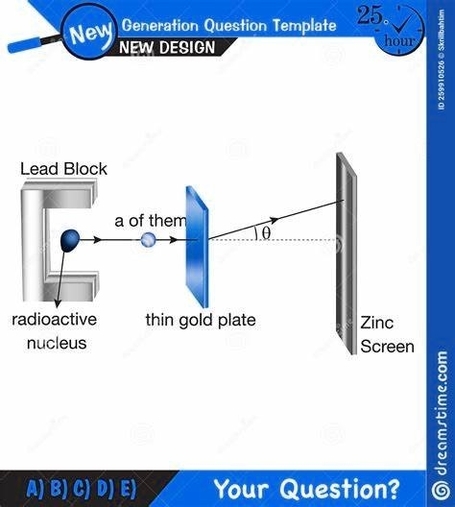
Quantum physics is a branch of physics that deals with the behavior and properties of nature at the smallest scales, such as atoms and subatomic particles. Quantum physics is based on the concept of the wave function, which is a mathematical object that describes the probability of finding a particle at a given location and time. The wave function evolves according to the Schrödinger equation, which is a fundamental equation in quantum mechanics.
One of the main features of quantum physics is the uncertainty principle, which states that there is a limit to how precisely one can measure certain pairs of physical quantities, such as position and momentum, or energy and time. This implies that quantum systems exhibit both particle-like and wave-like characteristics, depending on how they are observed. This is known as the wave-particle duality.
Another important aspect of quantum physics is the concept of superposition, which means that a quantum system can exist in a combination of two or more states until an observation is made. For example, an electron can be in a superposition of spinning up and spinning down, until a measurement of its spin is performed. The outcome of the measurement is not predetermined, but rather probabilistic, according to the wave function. This leads to the phenomenon of quantum interference, where the wave functions of different states can add up or cancel out, depending on their relative phases.
Quantum physics also involves the notion of entanglement, which is a special type of correlation
